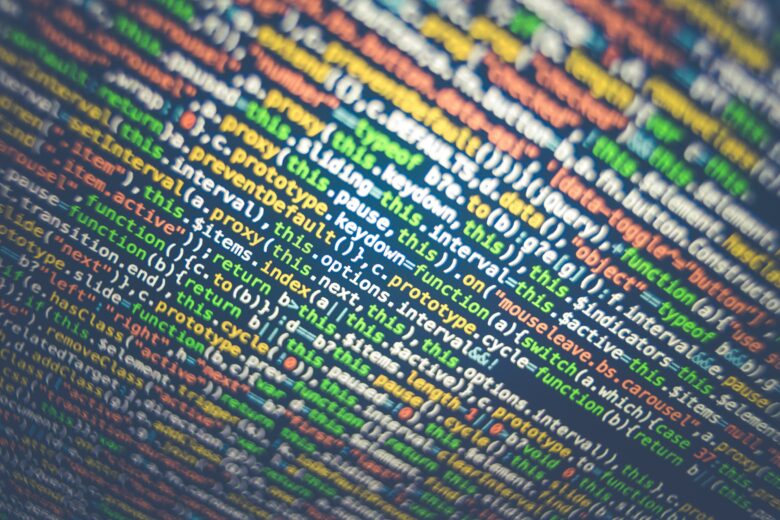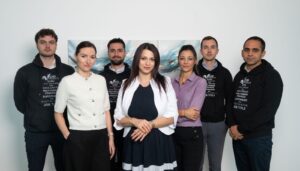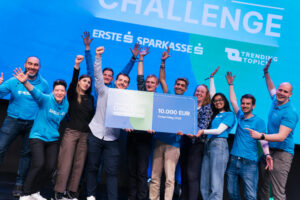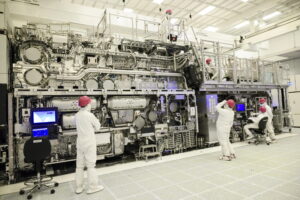AI Act: Leading developers see open source in danger

The upcoming AI Act of the European Union is causing a stir even after its decision in the EU Parliament. After scale-ups and investors have already opposed the rules in the AI regulation that are too strict, an association of open source supporters is now speaking up. They fear that open-source developments could be disadvantaged by the AI Act.
“The AI Act holds promise to set a global precedent in regulating AI to address its risks while encouraging innovation. By supporting the blossoming open ecosystem approach to AI, the regulation has an important opportunity to further his goal through increased transparency and collaboration between stakeholders,” said an open letter co-authored by Creative Commons, Eleuther AI, Hugging Face, Github, LAION (Large-scale Artificial Intelligence Open Network) and Open Future. “Unfortunately, current proposals threaten to create impractical barriers and disadvantages for contributors to this open ecosystem.”
In addition to prohibitions and restrictions for high-risk AI, the AI regulation also contains a little bit about open source. In general, open source models are currently a huge topic, especially in AI, because Meta (Llama 2), BigScience (BLOOM) or EleutherAI (Falcon) regularly publish new, open-source LLMs (even if it is disputed with “Llama 2” whether that really OS is).
AI Act: The first artificial intelligence regulation in the EU
The big BUT of the AI regulation in terms of open source
In Brussels, people are of the opinion that open source makes sense in the field of AI. Free and open-source software could “contribute between 65 billion and 95 billion euros to the gross domestic product of the European Union” and would create “significant growth opportunities for the European economy“. That is why open-source AI is also granted a kind of exception in the AI Act:
“To foster the development and deployment of AI, especially by SMEs, start-ups, academic research but also by individuals, this Regulation should not apply to such free and open-source AI components except to the extent that they are placed on the market or put into service by a provider as part of a high-risk AI system or of an AI system that falls under Title II or IV of this Regulation.”
The industry representatives mentioned are unclear as to what may or may not be done with Open Source in the future in the EU. It starts with the definition of “AI components”, which leaves unclear which specific elements in the design should be considered “components”. It should also be made clear that the collaborative development of open-source AI components and the provision in public repositories does not subject the developers to the rules of the AI Act.
“Insurmountable Obstacles”
Hugging Face & Co. also claim that the AI Act should ensure that the R&D exemption is practical and effective by allowing limited testing under real-world conditions. In addition, there is a need for “proportionate requirements for base models with recognition and different uses and development modalities, including open source open source approaches.” LLM base models should not simply be lumped together; distinctions must be allowed.
“The current one-size-fits-all approach requiring full control of the development chain creates insurmountable barriers for participants in the open AI ecosystem. In turn, these provisions would lead to further concentration of development, deployment and understanding of this technology, with concerning implications for European competitiveness,” the document reads.






























